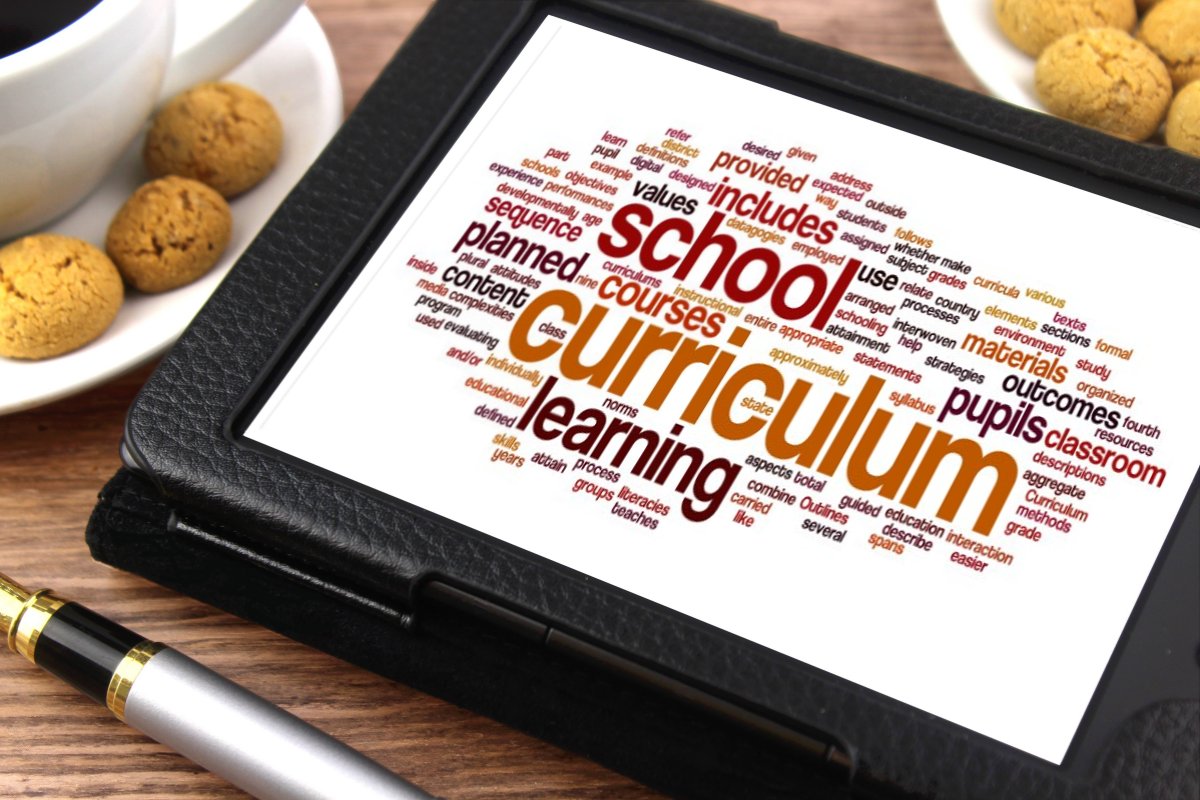By Jenni Connor
Belonging, Being and Becoming: The Early Years Learning Framework for Australia (EYLF) was distributed to early childhood education and care services in 2009. The EYLF is Australia’s first national curriculum statement for educators working with children from birth to age five.
On December 8, 2010, the Australian Curriculum for Schools Phase 1 was endorsed by the Ministerial Council meeting in Canberra. The decision to proceed to the implementation of curriculum in English, history, science and mathematics is historic, given that previous attempts were sacrificed on the pyre of States Rights.
So, we have an ‘early years’ curriculum’ that applies to children up to age five; and a ‘national curriculum’ that applies to children from age five in the school system. Educators in children’s services and preschools and those in the first year of school are therefore working with two different kinds of curriculum. The EYLF is focused on young learners and on long term outcomes from early learning experiences. The national curriculum, on the other hand, is focused on the content: What teachers should teach and students should learn by the end of each year level as they proceed through schooling.
Bridges between sectors
One of the heartening aspects of these momentous developments is that both curriculums strongly emphasise ‘General capabilities’ or ‘dispositions’ such as building confident and engaged learners and developing inquiry skills, creativity, team work and self regulation.
Another encouraging ‘bridge’ between the two curriculums, is that both focus on language, literature and literacy in similar ways. In the EYLF this emphasis is contained in Outcome 5: Children are effective communicators. In the Australian English curriculum it is encompassed by the three interrelated strands: Language, Literature and Literacy.
This article seeks to explore the approach to literature in both curriculum models.
Reading and responding to literature
1. The EYLF
While all five Key Components of Outcome 5 in the EYLF interact together to support ‘effective communication’, ‘literature’ is most apparent in Key Component 2: ‘Children engage with a range of texts and gain meaning from these texts’.
The EYLF recognises that texts are culturally constructed artefacts that vary according to their cultures and locations and carry world views that reflect the contexts of their creation. The EYLF encourages educators to share oral and written stories from Aboriginal and Torres Strait Islander traditions, those from our geographic neighbours and those brought by new citizens to this country.
As young children engage with literature, there is an emphasis both on ‘sharing the enjoyment of language and texts’ and on ‘exploring texts from a range of different perspectives and analysing the meanings’. There is a new emphasis on building understanding about how texts work – understandings about concepts of print and the ways texts are structured differently to fulfil different purposes.
The importance of phonemic awareness for young children’s literacy learning is a continuing thread, to be developed through ‘listening and responding to sounds and patterns in speech, stories and rhymes in context’. There is a new recognition of the place of multimedia texts in young children’s lives today and the use of ICTs to access information, investigate ideas and represent thinking is highlighted. The EYLF appreciates that children learn how symbols operate to represent ideas, feelings, thoughts and concepts through the experience of stories and symbols of their own and others’ cultures and through communicating responses using creative media.
2. The English curriculum
The forthcoming Australian English curriculum, similarly, has a complex interrelationship between its three strands. For example, as with the EYLF, it is recognised that students learn particular things about language from a study of literature and they use their ‘literary knowledge’ when composing and communicating for a range of purposes.
In the English curriculum there is a similar emphasis on understanding literature in its social, historical and cultural contexts and on the shared reading, viewing and storytelling of texts from Aboriginal and Torres Strait Islander Australians, from neighbouring Asia and the Pacific and from other cultures within Australia.
One of the new threads in the English curriculum is the growth of literary discernment as students move from ‘having favourite authors, illustrators and titles’, to ‘being able to explain personal preferences and provide criteria for judgement’. From the first years of school, students are asked to examine literature critically and with increasingly informed appreciation, interpreting characters and their actions and motivations and talking about how ‘language’ in the visual and word text is constructed to influence reader and viewer response.
Challenges for early childhood educators
Early childhood educators in non-school settings and in the first years have long been accustomed to sharing a wide range of literature with young children. They have recognised the power of story to enrich children’s language, extend their experience and engage their imagination. They have used books to teach concepts of print, text conventions and language features; to build children’s knowledge about story forms, semantic knowledge and sight word vocabulary; they have invited children to retell, re-enact, extrapolate and innovate on favourite texts using a variety of media and creative forms. So, what’s new?
Traditionally, the focus in literature for young children has been on ‘pleasure’ not ‘analysis’. While the two go hand in hand, developing literary understanding of the kind suggested by both the EYLF and the English curriculum will require educators to:
- Read widely and with discernment themselves, building their personal capacity to describe, explain, compare and debate content, style and relative merit
- Develop literary criteria on which to base the selection and discussion of texts
- Develop a deep understanding about the craftedness of texts, including the complex interaction between images and words and about how the ideology of creators is embedded
- Acquire a metalanguage – a language about language – with which to discuss structural and linguistic features and aesthetic qualities of particular texts
- Educators in both sectors are entitled to support in taking on this new learning and it is hoped that systems and jurisdictions take seriously the responsibility to provide high quality, accessible professional learning so that the emancipating potential of both the EYLF and the English curriculum can be fully
Jenni Connor has been a teacher, principal and curriculum manager. She has written curriculum at state and national level and works as a freelance consultant in early childhood, language and literacy and Indigenous care and education. Jenni was a member of the Consortium from Charles Sturt University that led development of the Early Years Learning Framework and she has contributed to the development of the Australian Curriculum for Schools. Jenni has been national president for ALEA and the Children’s Book Council of Australia and is currently serving as a Judge for CBCA Book Awards.
This article was reproduced with permission from ALEA. To learn more about ALEA visit our partners’ page.


